
KOKO Plastic Surgery Fat Transfer
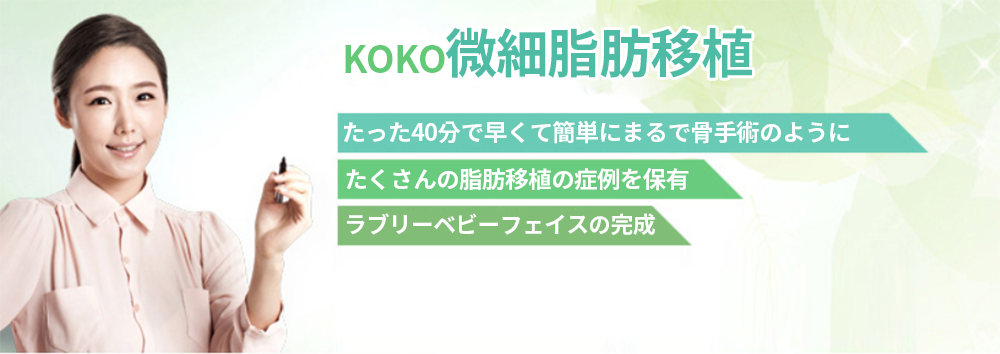
Smart Choice
What is KOKO Micro Fat?

What is microfat grafting/transfer with KOKO?
Microfat grafting with KOKO involves harvesting fat from areas with excess fat such as the abdomen, thighs, or buttocks. After separating the pure fat using a centrifuge, it is then transferred to the face. This procedure aims not just to inject fat into a thin face but to meticulously transplant it while considering the individual’s facial structure. As a result, a naturally smaller, more youthful appearance can be achieved.
Microfat Transfer POINT
Transplanting small amounts of fat evenly to each layer results in a much smoother outcome. With the precise techniques of our medical specialists, swelling and bruising are significantly reduced, leading to minimal downtime.
Candidates for Microfat Transfer
- In cases of sunken or asymmetrical forehead
- If there is a hollow in the eyelids
- When trying to elevate a low nose
- When adding volume to thin cheeks
- When improvement of nasolabial folds is necessary
- When correcting angular facial lines
- If desiring a voluminous youthful face
- In cases where insertion of foreign objects is feared
Site of Microfat Transfer
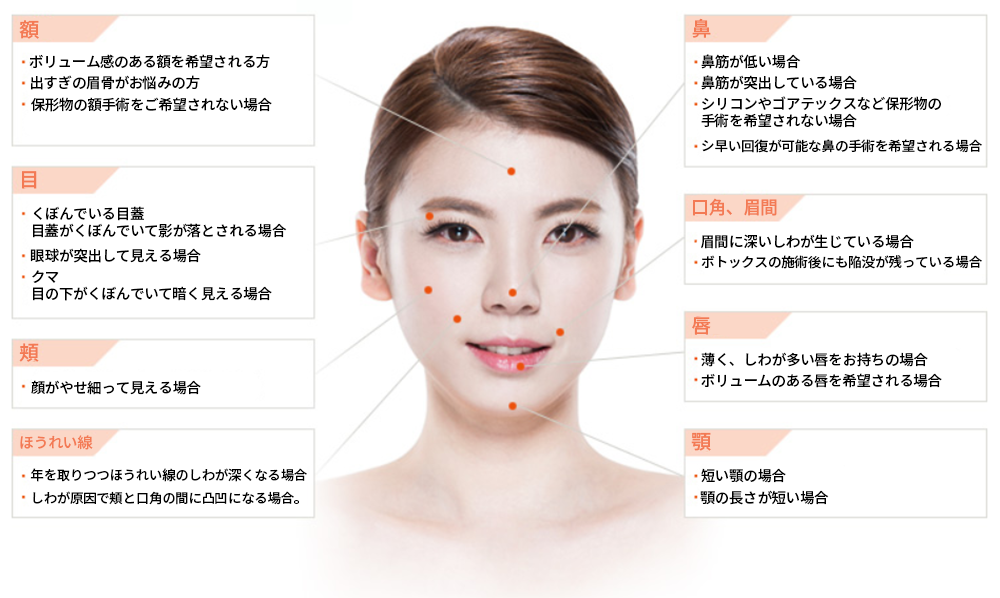
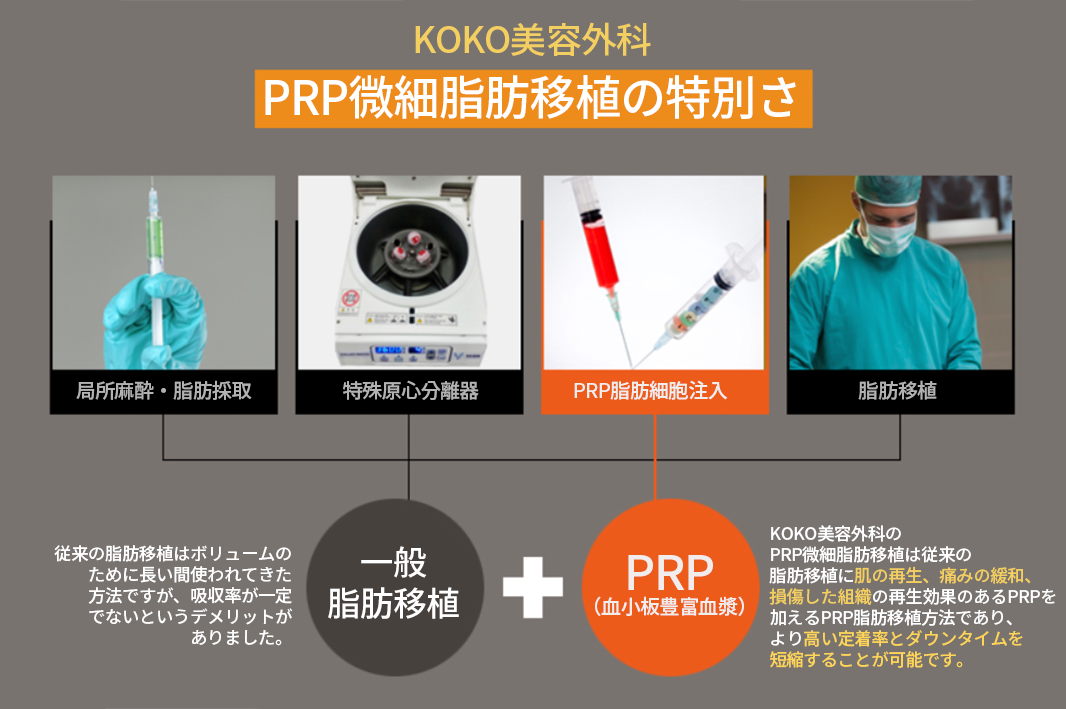
Postoperative Care Instructions
- After the surgery, continuing to apply ice packs until the swelling subsides can be helpful.
- Swelling and bruising may occur postoperatively, varying from person to person. Avoid sleeping on your stomach, as it may exacerbate swelling and discomfort. Using several soft pillows stacked together can help alleviate swelling and pain.
- Refrain from rubbing or stimulating the transplanted tissue until blood vessels have properly integrated with the surrounding area.
- Approximately three weeks after surgery, the transplanted tissue should become sufficiently stable, allowing for a return to normal daily activities as before the surgery.
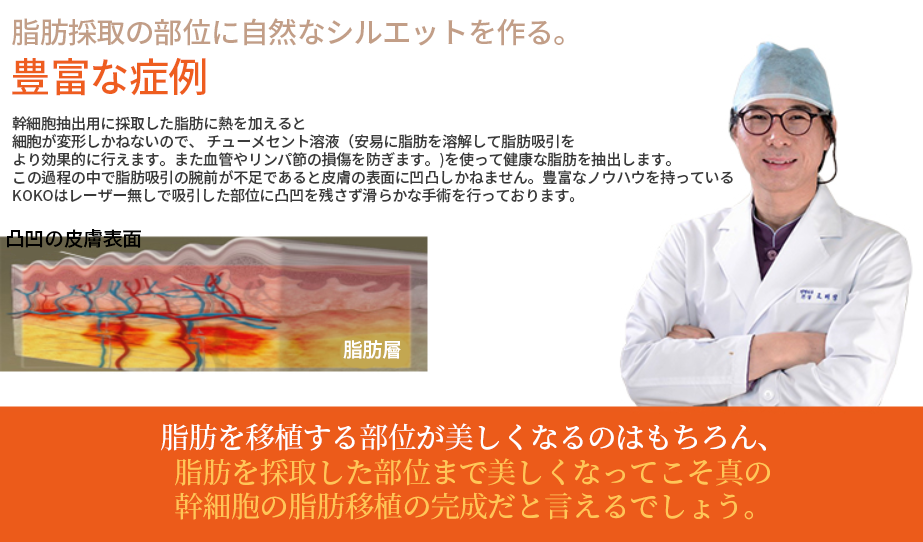
What is Cell Fat Transfer?
This is a surgical method that involves extracting, separating, and purifying pure growth factors from adipose tissue, then concentrating and combining them. This surgery increases the survival rate of fat cells.
It sustains volume better than traditional autologous fat transfer due to the increased survival rate of the graft, while also improving skin tone and delaying aging. The procedure is performed on sunken facial areas to add volume and create a youthful, three-dimensional facial structure.
Key Points of Cellular Fat Grafting
Cultivation and cell deformation are minimal, and a large number of cells can be obtained. Moreover, the extraction process is simple, so it does not interfere with daily life.
Stem cells used in cellular fat grafting
Adult stem cells are included, and since stem cells are extracted at a high concentration without the need for culture, there is almost no genetic deformation. The concentration of growth factors is high, aiding the growth of surrounding tissues while nutrients are supplied to the transplanted fat. This results in elastic skin and is also effective for facial wrinkles.

Candidates for cellular fat grafting
1. Individuals desiring increased facial volume.
2. Those with facial hollows or sagging that contributes to an aged appearance.
3. Those who want to enhance breast or buttock volume without the use of implants.
4. Individuals looking to correct angular facial contours.
5. Those wishing for a youthful face with fuller features.
6. Those who prefer not to have foreign materials, like implants, inserted.
Cellular Fat Grafting Surgical Procedure
Fat and stem cell-containing adipose tissue for transplantation are harvested from the abdomen or thighs. Using liposuction equipment, pure fat is extracted with minimal exposure to air. After extracting stem cells using a cell dish, the cells are mixed and then transplanted into the designed area of the body. This comprises the cellular fat grafting surgical method.
Areas for Cellular Fat Grafting
■Volume Restoration Sites
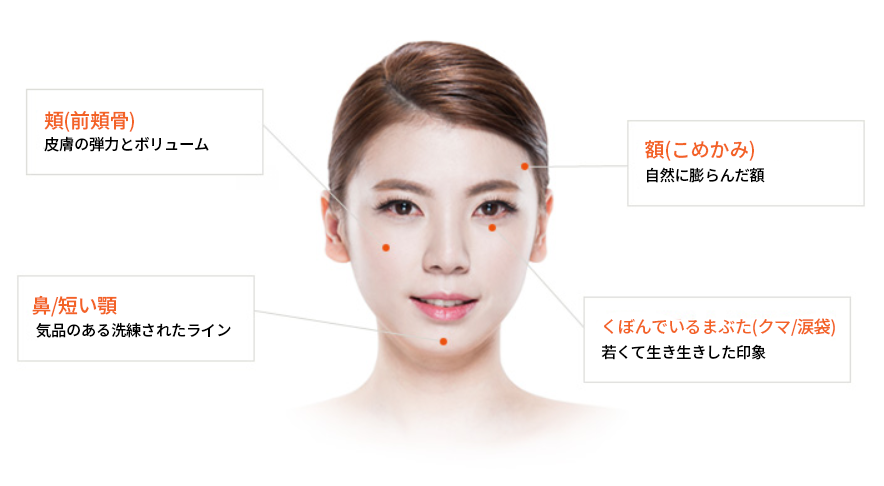
■Wrinkle Reduction Sites
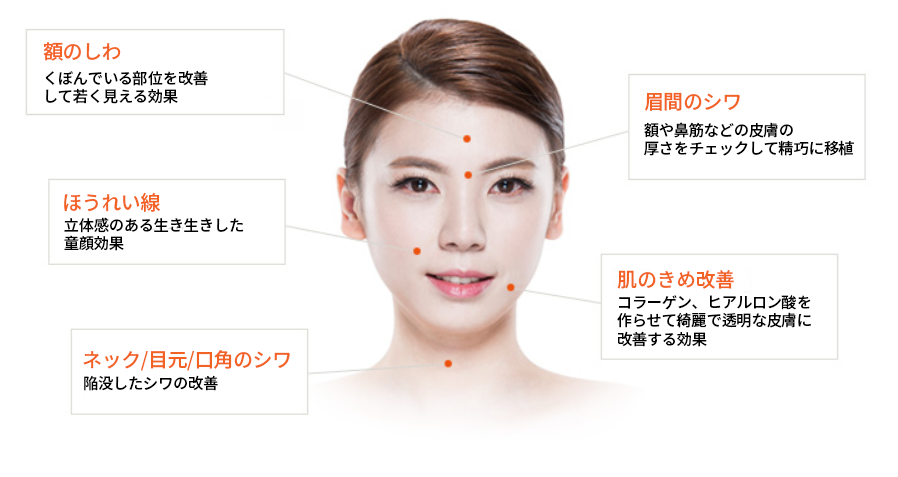
■Body Contouring Sites
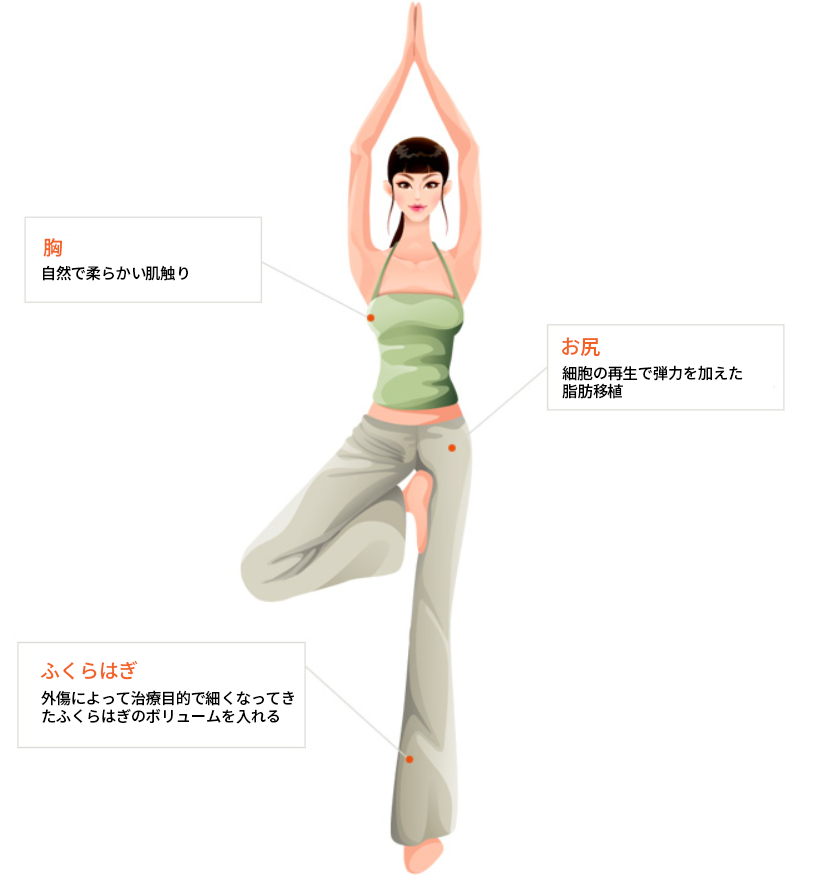
Postoperative Care Instructions
1. After the surgery, using an ice pack from immediately after the operation until the swelling subsides can be beneficial.
2. Post-surgery, swelling and bruising can occur due to individual differences, please avoid lying face down while sleeping. Using two to three stacked soft pillows when sleeping can help reduce swelling and alleviate pain.
3. After the operation, refrain from rubbing or applying pressure to the site of surgery until the blood vessels have adhered to the transplanted tissue.
4. After the surgery, the transplanted tissue will become sufficiently stable after about three weeks, allowing you to return to your usual daily activities as before the operation.